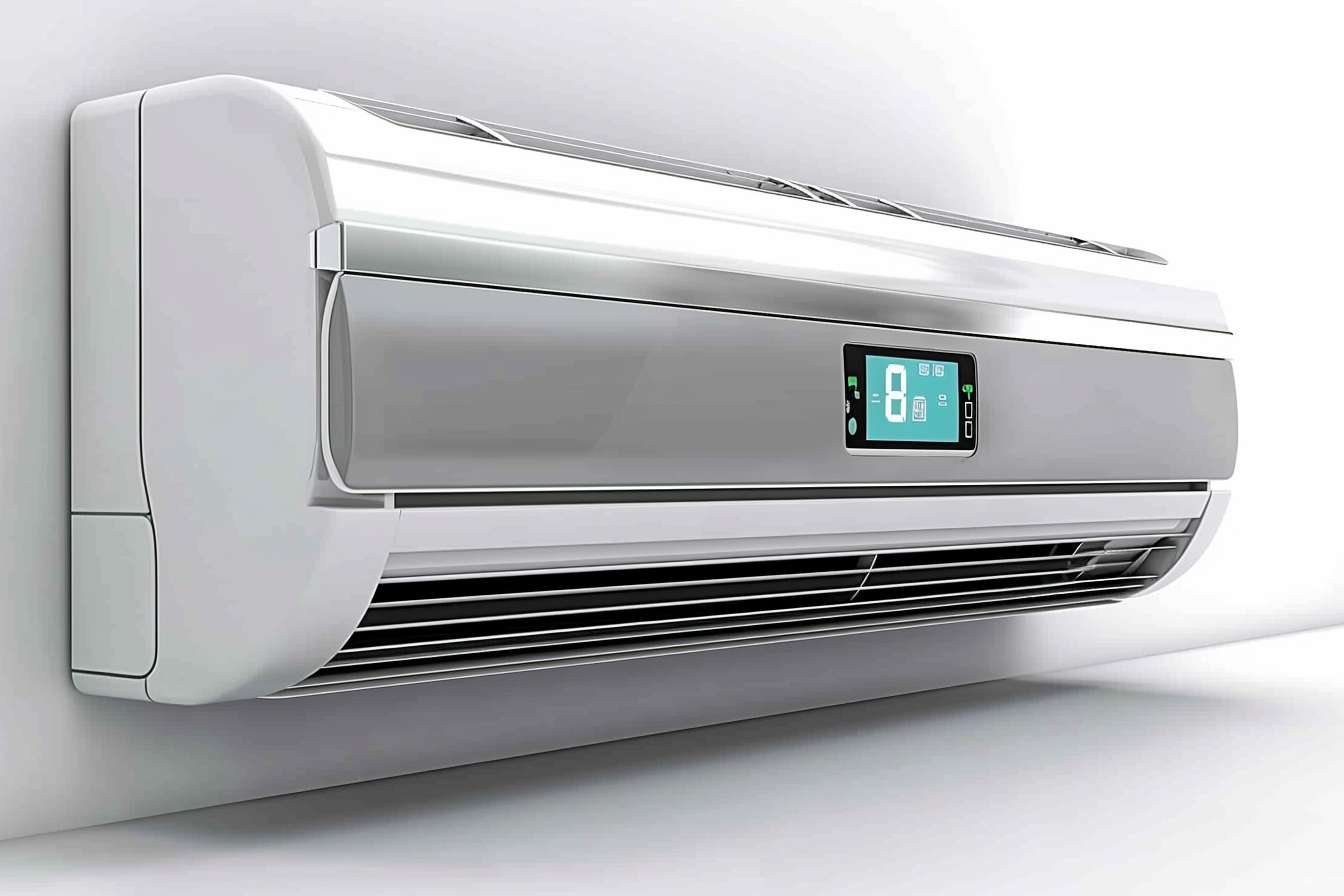Energy savings calculator for loft thermal upgrades
Estimate how loft insulation upgrades can reduce energy use and improve comfort. This article explains what inputs energy savings calculators use, how insulation types and airsealing affect results, moisture and ventilation considerations, and realistic cost guidance for retrofits.

Properly sizing and evaluating loft insulation helps homeowners and building managers balance comfort, energy use, and long-term performance. Energy savings calculators for loft thermal upgrades use a combination of current insulation levels, target R-value, local climate data, and assumptions about heating/cooling systems to estimate annual energy reductions. Understanding the inputs and limitations of these tools helps translate a numerical savings estimate into a practical retrofit plan.
How does insulation and R-value affect savings?
Insulation reduces heat transfer through the loft by adding resistance, commonly expressed as R-value. Calculators compare the existing R-value to a proposed R-value and model heat flows across seasons. A higher R-value typically reduces heating and cooling loads, but incremental savings diminish as R-values increase. Calculators will often assume steady indoor setpoints and may not fully capture occupant behavior or changes in HVAC efficiency, so treat results as directional estimates rather than exact guarantees.
Why ventilation and airsealing matter
Ventilation and airsealing are closely linked to insulation performance. Uncontrolled air leakage can bypass loft insulation, reducing its effective thermal resistance and increasing energy use. Energy calculators sometimes include an air leakage parameter (air changes per hour) or a simple reduction factor for poor airsealing. Adequate loft ventilation is also needed to manage moisture; balancing air sealing with proper venting helps prevent condensation and preserves insulation effectiveness over time.
Which materials: cellulose, fiberglass, sprayfoam?
Material choice affects cost, installation, and thermal performance. Blown cellulose and loose-fill fiberglass are common for retrofits because they fill cavities and are relatively low-cost. Fiberglass batts are economical for accessible joist areas. Spray foam provides high airsealing and higher apparent R-value per inch but is typically more expensive and requires certified installers. Calculators can incorporate different material R-values per inch, but remember that real-world performance depends on installation quality and long-term settling or compression.
Retrofit considerations: moisture, vapor, thermal performance
Retrofit projects must account for moisture and vapor control. Adding insulation without addressing vapor pathways can trap moisture, risking mold or reduced thermal performance. Calculators generally focus on energy and may not model moisture dynamics; combine their output with an assessment of vapor barriers, existing roof assembly, and local climate. Thermal bridging at joists and penetrations also reduces net performance—airsealing and continuous insulation strategies help mitigate these losses.
Using infrared and energy tools to validate results
Infrared imaging helps identify cold spots, air leaks, and insulation gaps that affect calculated savings. Pairing infrared surveys with an energy savings calculator gives a more accurate baseline by revealing areas where additional insulation or airsealing will have outsized benefits. Many calculators allow inputs for measured deficiencies; using measured data reduces uncertainty in projected energy reductions and helps prioritize interventions for the best payback.
| Product/Service | Provider | Cost Estimation |
|---|---|---|
| Blown-in cellulose (material + installation) | Local insulation contractors / Home Depot installation partners | $1,000–$3,000 for a 500–1,000 sq ft attic (typical range; dependent on depth and access) |
| Fiberglass batts (materials + installation) | Owens Corning, Johns Manville, local installers | $800–$2,500 for similar sized attic (depends on R-value and labor) |
| Spray foam (open/closed cell) | Certified spray foam contractors | $2,000–$8,000+ depending on coverage and depth; closed-cell costs at higher end |
Prices, rates, or cost estimates mentioned in this article are based on the latest available information but may change over time. Independent research is advised before making financial decisions.
Conclusion Energy savings calculators are useful tools for estimating the potential impact of loft thermal upgrades, but their outputs should be interpreted alongside on-site inspection, infrared diagnostics, and moisture assessment. Consider the interaction of insulation type, R-value, airsealing, and ventilation when planning a retrofit; combine calculator results with local provider quotes and verified measurements for a more reliable investment decision.





